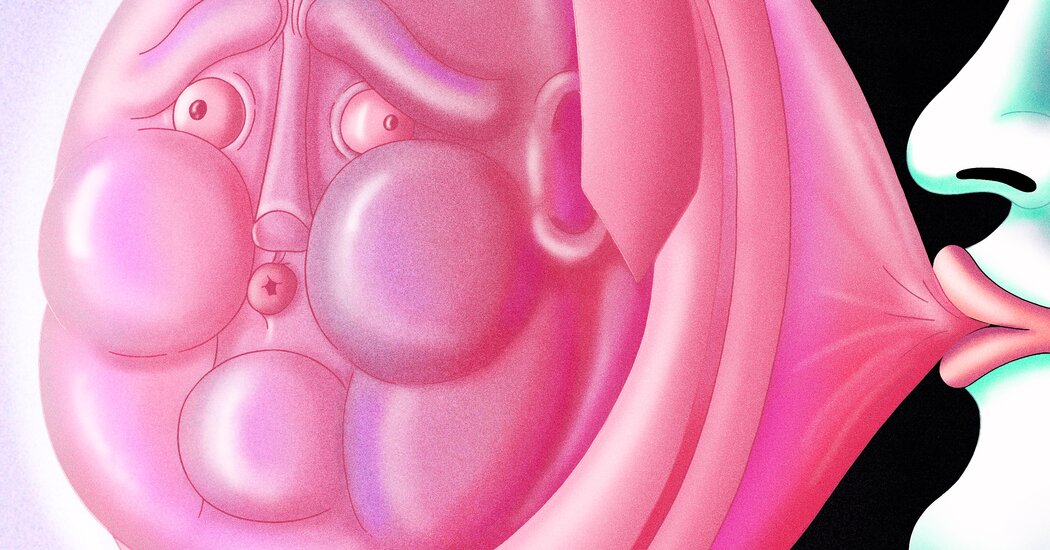Or take a look at the price-to-earnings ratio — a common measure of how much the future profits of a company are valued over current ones — of the stocks of companies heavily invested in A.I. They are at levels not seen since the dot-com bubble of 2000. Shares of the A.I. chipmaker Nvidia are trading at roughly 55 times earnings, nearly double what they were a decade ago. And by our own estimates, the share of the economy devoted to A.I. investment is nearly a third greater than the share of the economy devoted to internet-related investments back then. All this points to one conclusion: Should lackluster A.I. performance or sluggish adoption cause investors to doubt these lofty profit expectations, this probably-a-bubble will pop. And a lot of people, not just wealthy investors, will get hurt. Adoption, both by firms and individuals, is clearly growing, but whether this adoption is generating massive productivity benefits or profits remains to be seen.
Of course, we cannot rule out the possibility that this time is different, and unlike the railroad and internet bubbles, A.I. is an epoch-shifting technology that generates its promised economic benefits relatively quickly. If that occurs, say, over the next five to 10 years, the future profits generated by A.I. could justify the levels of investment we’re observing today (it was in this spirit that Microsoft’s chief executive, Satya Nadella, recently said, “I hope we don’t take 50 years”). It is also impossible to know when we’re at the top of a bubble, which is one reason investors tend to keep piling in.
But we’re skeptical. Look at what happened with the internet. In the dot-com bubble of the late 1990s, hype around that revolution allowed companies like pets.com to raise over $80 million in an initial public offering, despite the fact that its business model, which involved spending too much money to sell unprofitable pet supplies, was questionable at best. Less than nine months after their I.P.O., the firm went bankrupt — and many other busts soon followed. The belief that the internet would become a transformative technology was eventually correct, but investors during the dot-com bubble were wrong about the winners and their timing.
The economic impact generated by a bursting of the A.I. bubble would be greater than the loss of the trillions currently being invested to build the technology itself. The stock market, one of the brightest parts of the current economy and heavily dependent on A.I. ebullience, would also tumble. That, in turn, will diminish the “wealth effect,” or the way that stock market gains support consumer spending.
Using data from the economist Mark Zandi, we found that over the past two years, real consumer spending is up 17 percent for the wealthiest households, who disproportionately hold stocks, but flat for the middle class. Mr. Zandi estimates that the A.I. wealth effect is boosting current real gross domestic product growth by about 0.4 percentage points (just under $100 billion), comparable to the peak of the dot-com bubble, when the wealth effect was 0.6 percentage points.

